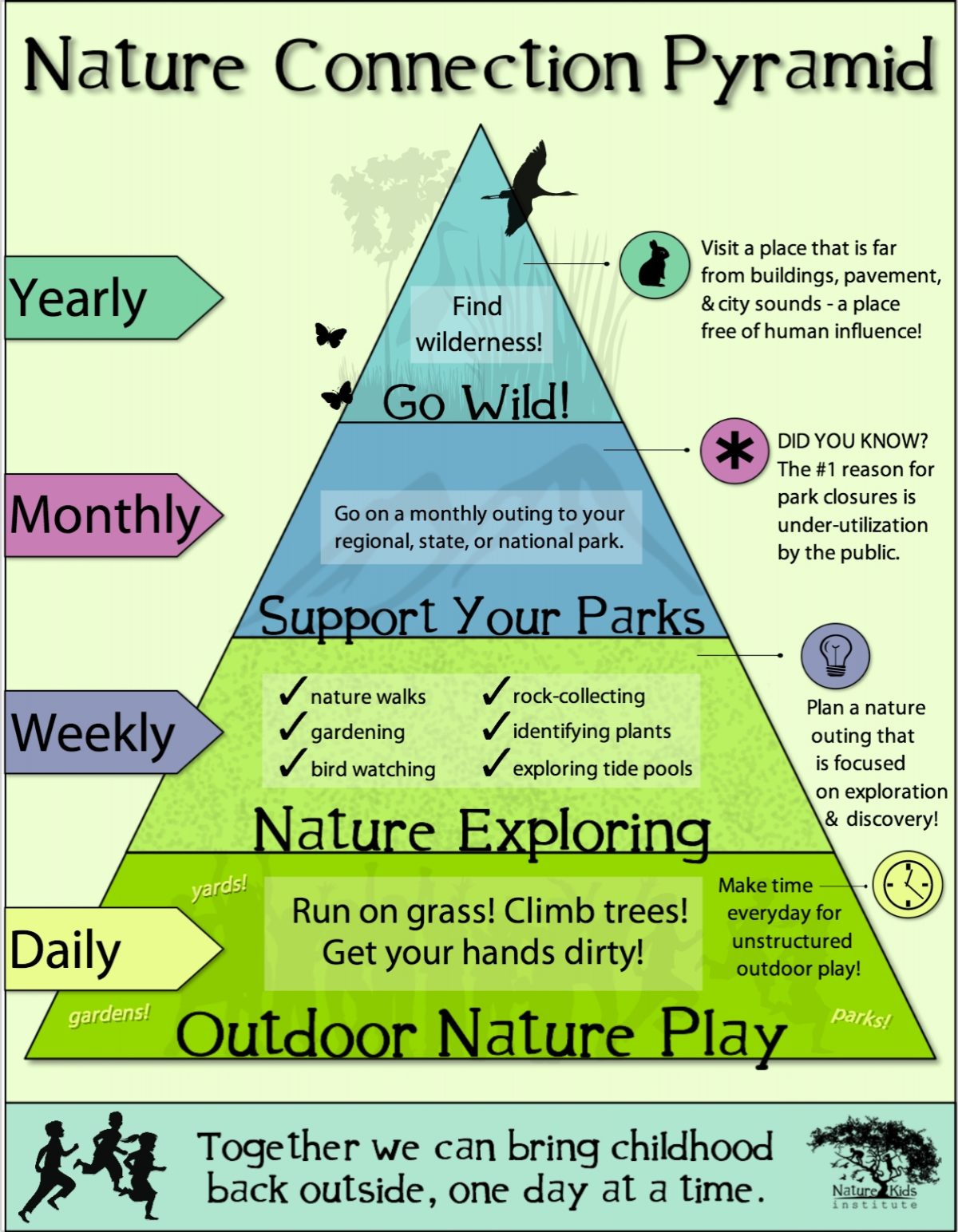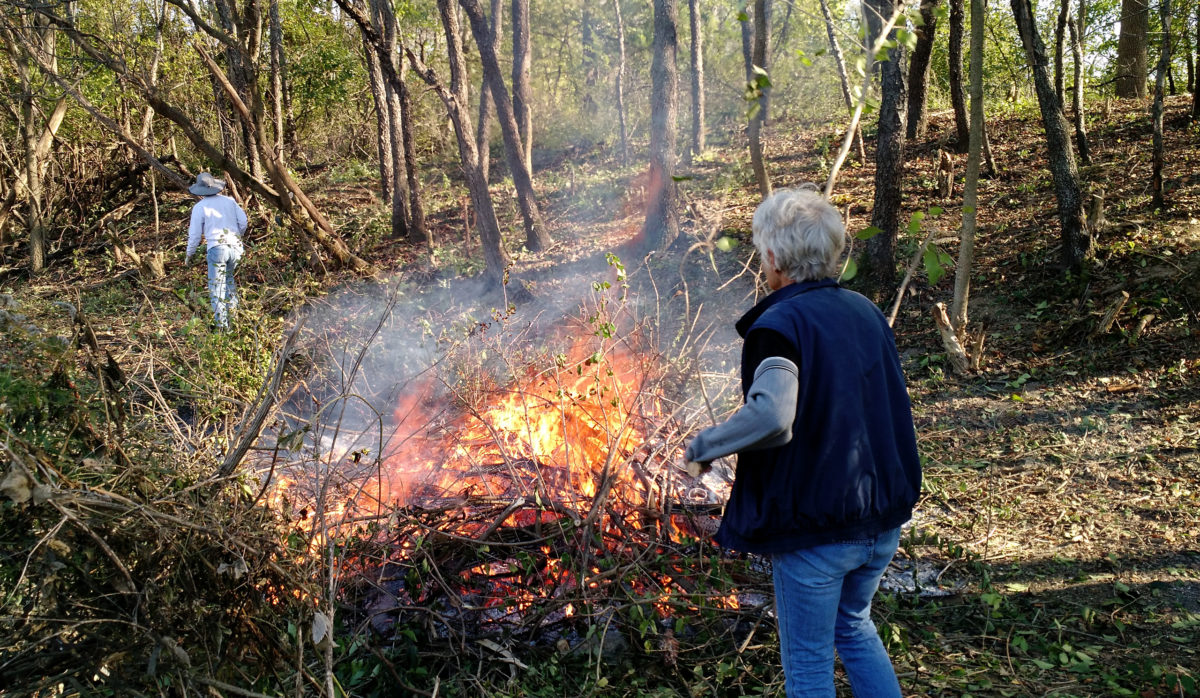Like most of my friends, I’m distressed and depressed about the prospects for our country.
I’m not going to back away from the fight. I hope and expect we will use the tools and tactics that the Republicans so ably demonstrated to block as much evil as possible. I also hope we’ll be much more strategic than they were. They seemed more interested in making the Obama presidency a failure than in advancing their own agenda. The Democrats may prove more capable at making some progress—letting the Republicans “succeed,” when they’re doing something we’d also like to do.
Having said that, I must say that distress and depression are not a good look on me. Nor are anger and bitterness. And those are the things I find when I watch the news, listen to the radio, read articles on politics, and increasingly when I read my Twitter and Facebook feeds.
So, while not backing away from the fight, I do hope to back away from the outrage. That’s going to mean changing the way I interact with both news media and social media.
I’m going to follow fewer links—so often they go to articles calculated to produce outrage, and I don’t need more outrage. It’s a fine line, because there has been and will be much that is deserving of outrage. Yet: I do not worry that I will suffer from outrage deficiency.
My hope from this is that I will gain many things: time, attention, equilibrium, equanimity. These things will be used: For movement, for family, for study, and for my work—writing (both fiction and non-) and joining Jackie in her volunteering at local natural areas.
Yesterday Jackie and I walked at Forest Glen. The leaves are mostly down, covering the ground so thickly that some places it’s hard to find the trail. But with the leaves down, you can see much further into the forest:
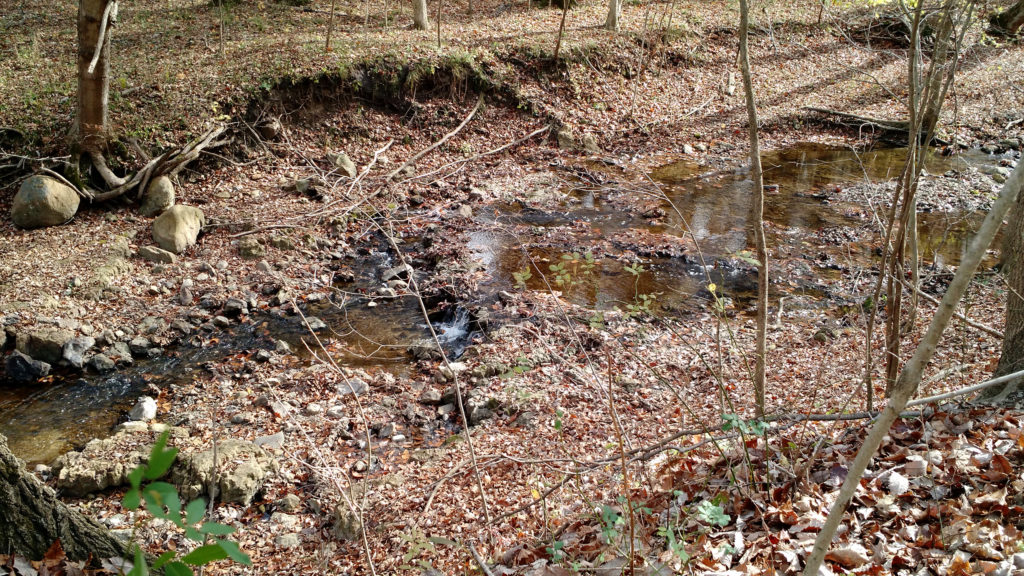




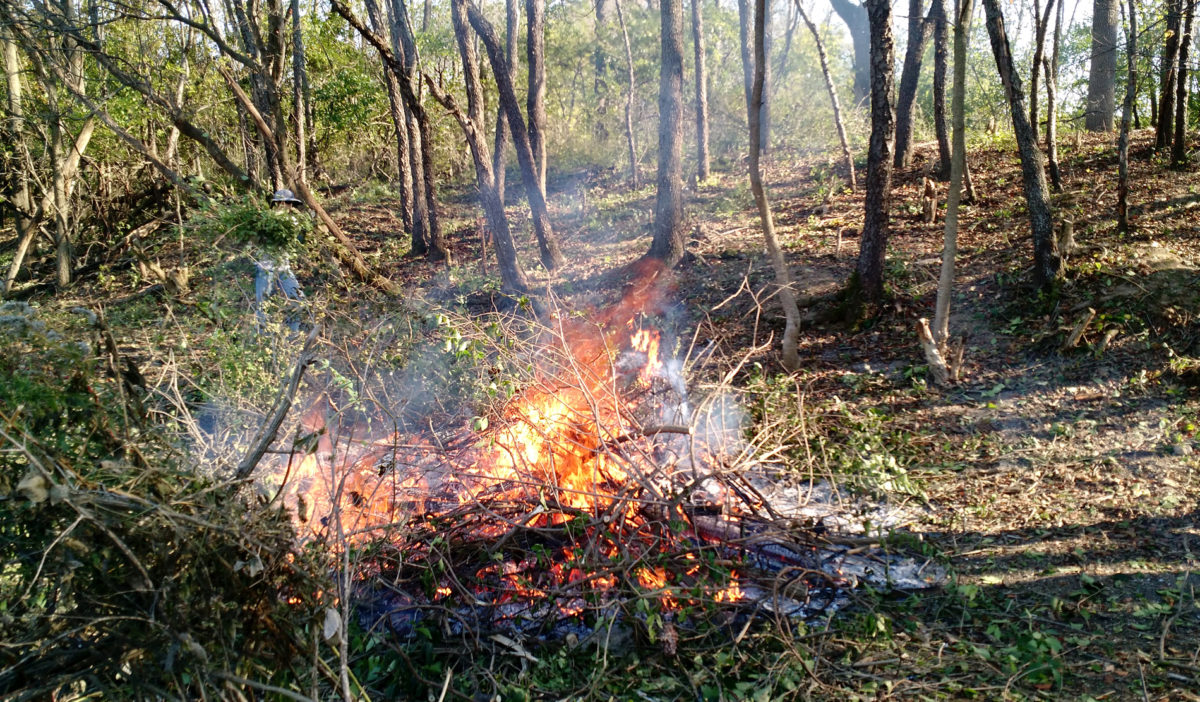
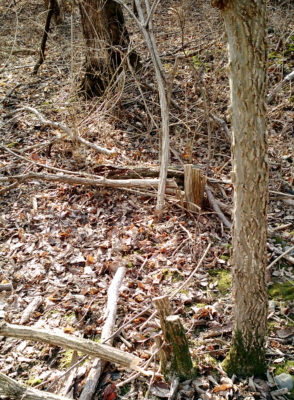 The next day Jackie commented that her feet were tired, and suggested that the stewardship work was more to the point than the various foot exercises suggested by movement teachers such as Katy Bowman and our new local
The next day Jackie commented that her feet were tired, and suggested that the stewardship work was more to the point than the various foot exercises suggested by movement teachers such as Katy Bowman and our new local 